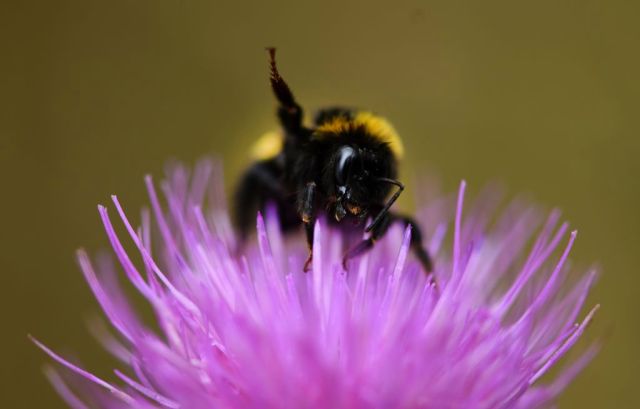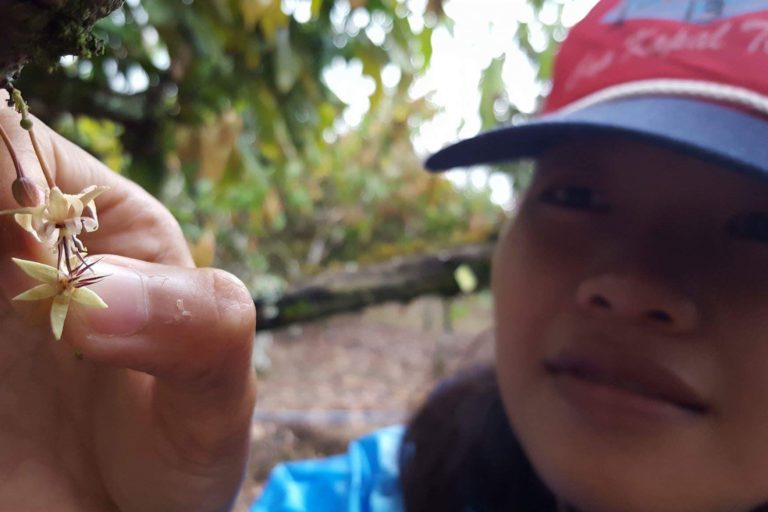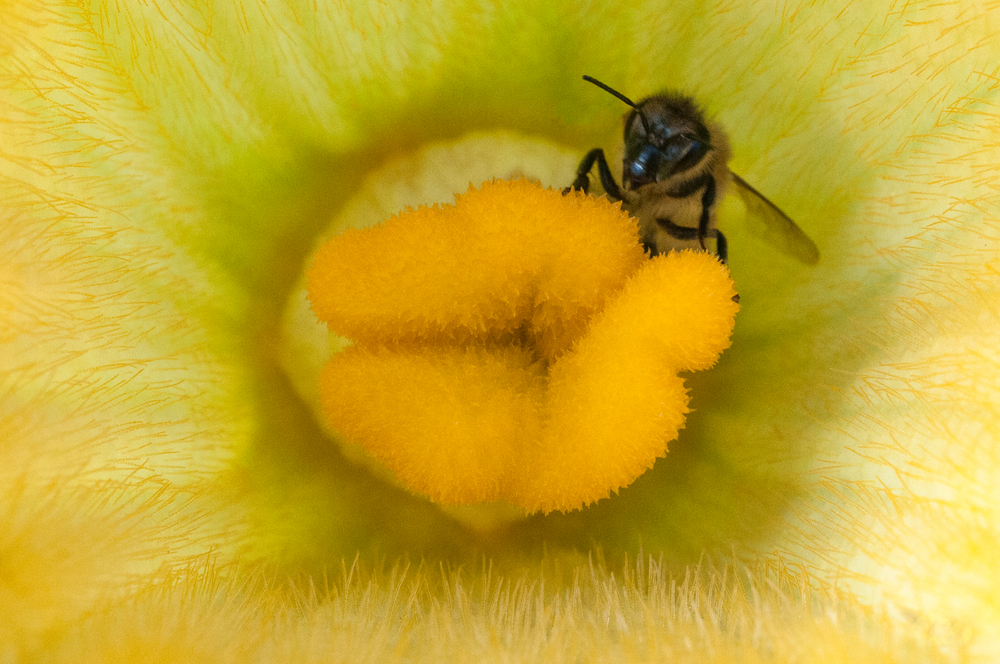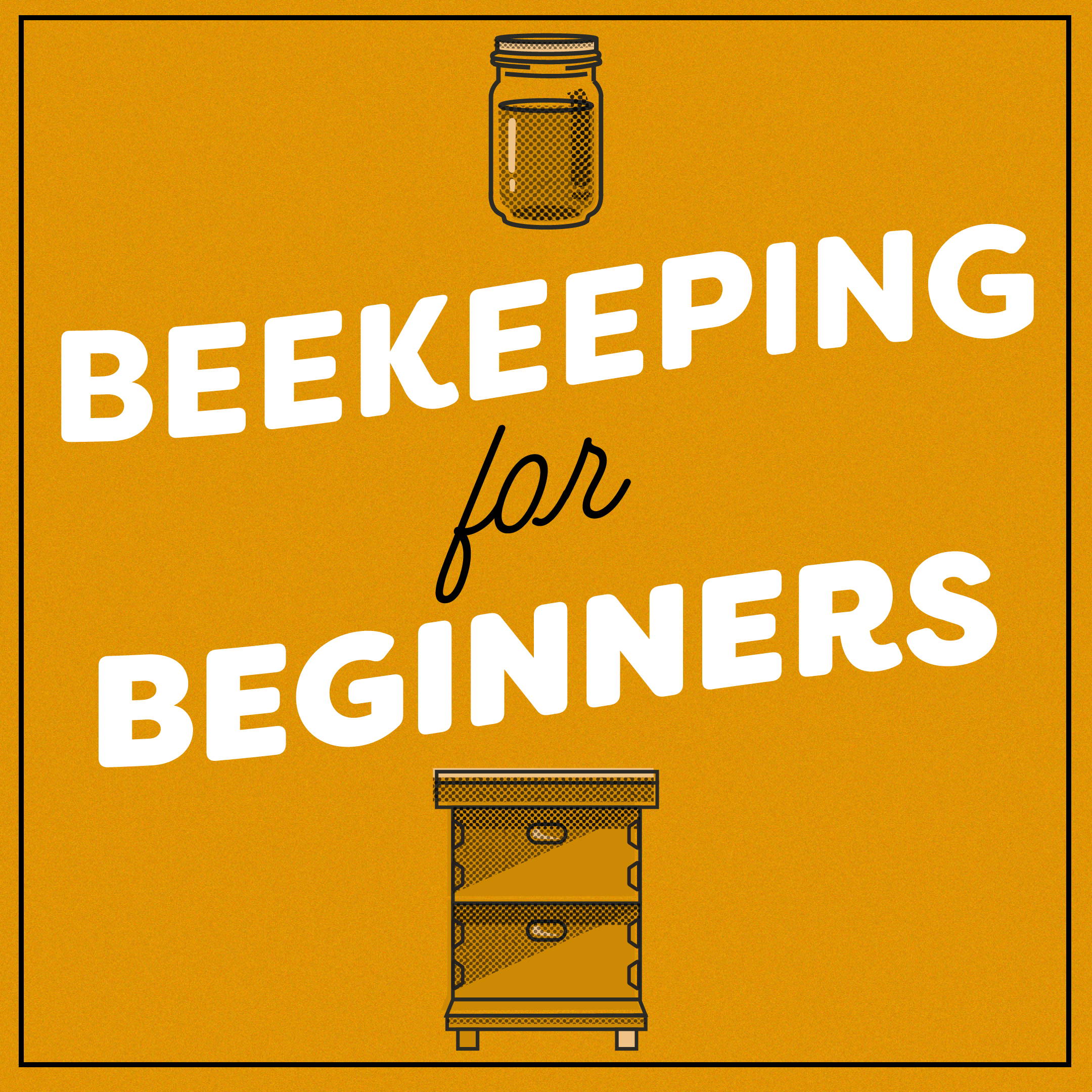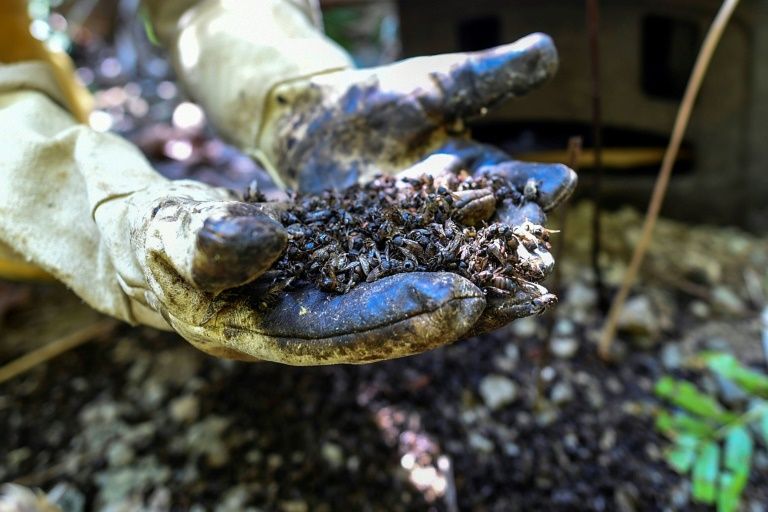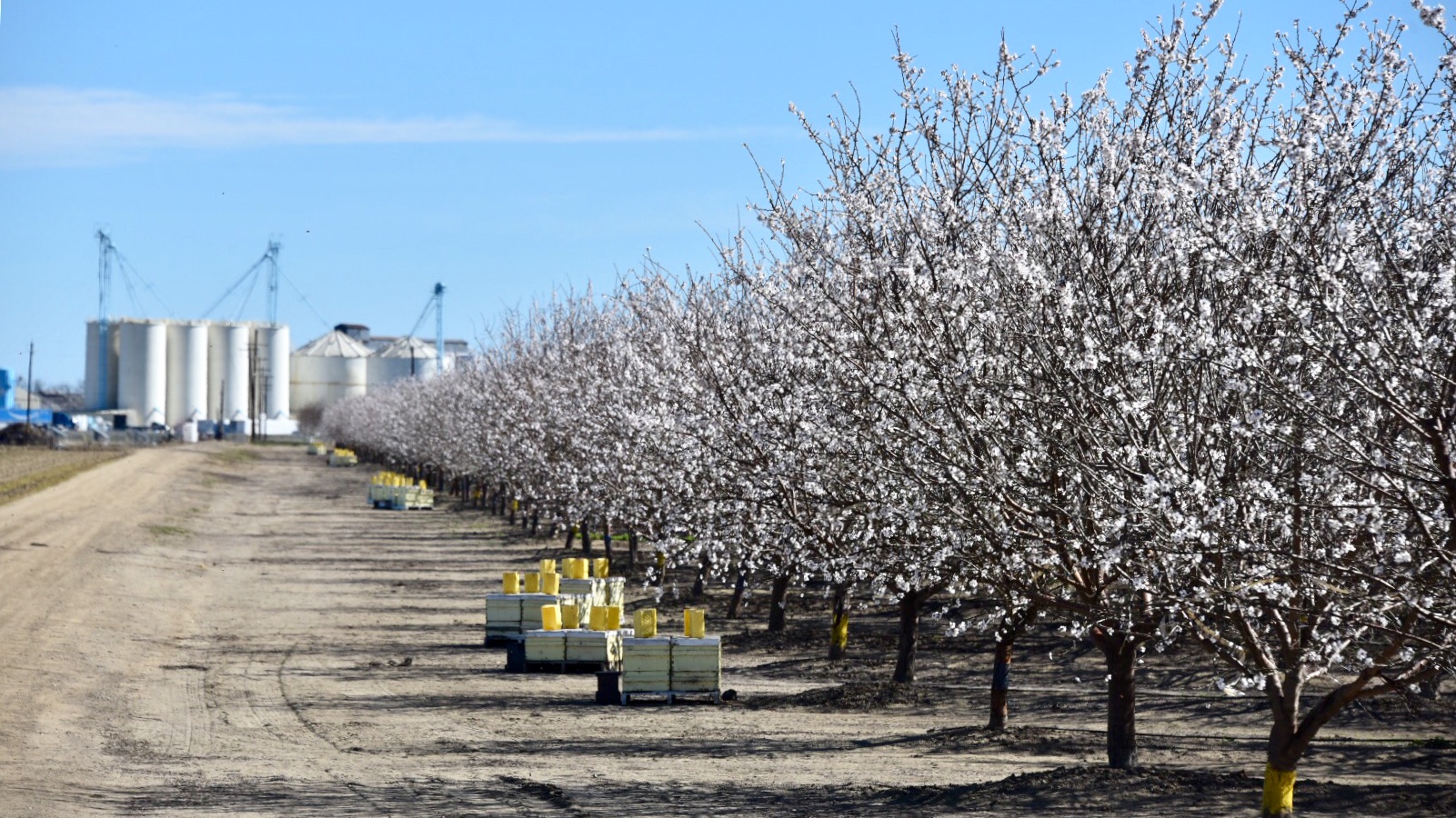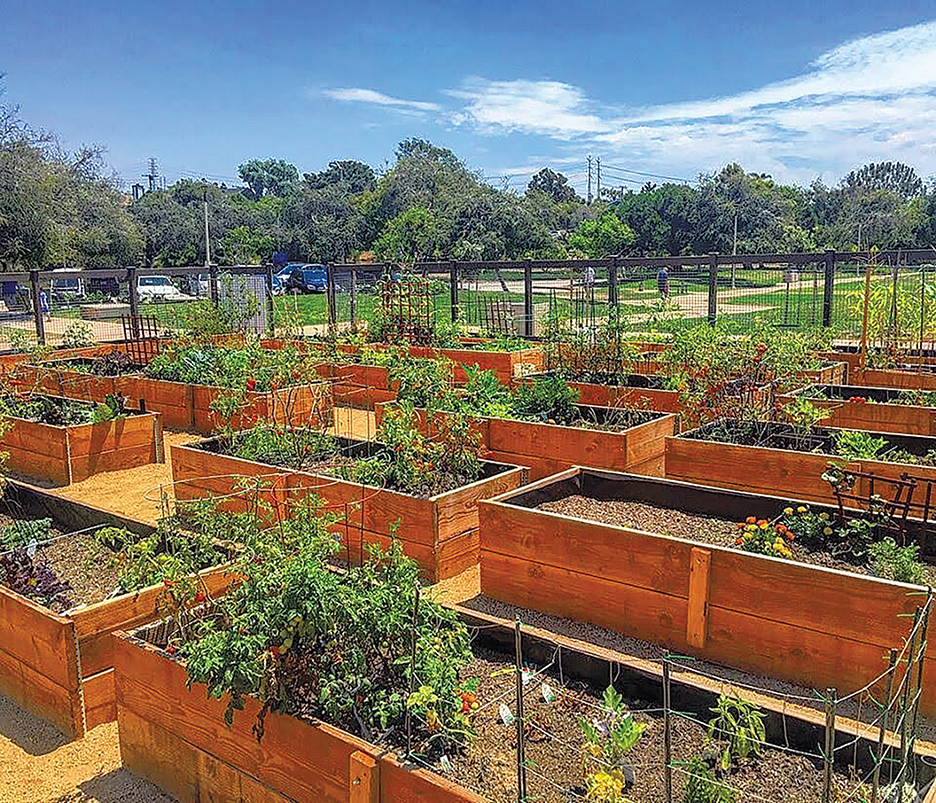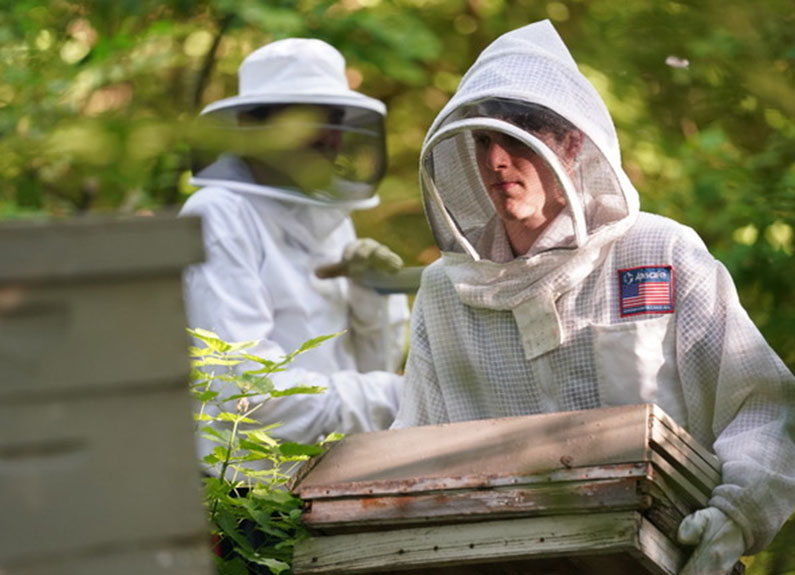 John LaRose Jr.
John LaRose Jr.
Topics: Agriculture US, Forestry, Beekeeping, Sustainability, Pollinators, Weather,
-
(0)
-
Bookmark
- Comments (0)
 John LaRose Jr.
John LaRose Jr.
Topics: Agriculture Global, Beekeeping, Cocoa, Sustainability, Research, Ag Africa, Pollinators,
Getting hands-on with pollination can boost cocoa yields, study shows | South Africa Today
Less than 10% of flowers in a cocoa tree are pollinated in natural conditions. Efforts to bolster the yields traditionally involved breeding programs or the use of fertilizers and other chemicals. A new study on Indonesian cocoa farms took a different approach: pollinating by hand. Researchers compared cocoa yields using their hands-on process versus traditional […]
-
(0)
-
Bookmark
- Comments (0)
 John LaRose Jr.
John LaRose Jr.
Topics: Agriculture Global, Beekeeping, Gardening, World Population, Pollinators, Education,
Bumblebees’ Self-Image Gets Them through Tight Spots
Sridhar Ravi was outdoors with his colleagues on a summer day in Germany when a group of bumblebees grabbed his attention. As the bees made their way from flower to flower, they skillfully flew between obstacles, dodging branches and shrubs. These actions seemed to require a complex awareness of one's physical body in relation to one’s environment that had only been proven to exist in animals with large brains. To examine this, a team of researchers at Australia’s University of New South Wales, Canberra, led by Ravi, set up a hive of bumblebees inside their laboratory. The bees could come and go via a tunnel, which could be partially blocked with an adjustable barrier. Ravi and his team made the gap progressively smaller over time, and observed how the bees’ reactions changed. The study , published in the Proceedings of the National Academy of Sciences , found the bumblebees measured the gap by flying side-to-side to scan it. When the gap became narrower than their wingspan, the bees took a longer time to scan the opening. And then they did something remarkable: they turned their bodies to fly through sideways . Some of the bees’ bodies did bump the sides of the narrowed opening—but every one of the 400 recorded flights through the gap was a success. “Over thousands of years nature has coded insects with some amazing attributes,” Ravi says. “Our challenge now is to see how we can take this and apply similar coding to future robotic systems, enhancing their performance in the natural world.”
-
(0)
-
Bookmark
- Comments (1)
03/04/2021 SOURCE: modernfarmer.com
This article is republished from The Conversation under a Creative Commons license. Read the original article. When you think of bees, a hive humming with activity probably comes to mind. But most of the world’s 20,000 bee species don’t call a hive home. These wild species lead solitary lives instead, and around 70 percent of them build nests underground where they raise their offspring on the nectar they gather from flowers. Incredibly, almost all scientific understanding of how pesticides affect bees has come from testing domesticated honeybees, and, more recently, bumblebees. That’s largely because these species tend to be easier to work with in lab
A Common Soil Pesticide Cut Wild Bee Reproduction by 89 Percent
-
(0)
-
Bookmark
- Comments. (0)
 Isaac L
Isaac L
Topics: Agriculture Global, Beekeeping, Research, Pollinators,
Beekeeping for Beginners
Learn how to get started in beekeeping with natural methods and the best hive designs. Learn about the proper safety equipment, hive designs, and the basics of honey bees. Keep bees in your backyard safely and responsibly.
-
(1)
-
Bookmark
- Comments (0)
 John LaRose Jr.
John LaRose Jr.
Topics: Agriculture Global, Beekeeping, Research, World Population, Ag Australia/NZ, Pollinators,
Scientist abuzz as bee thought 'extinct' for nearly 100 years lands near him
James Dorey admits he might be one of the luckiest researchers ever after rare find.
-
(1)
-
Bookmark
- Comments (0)
 John LaRose Jr.
John LaRose Jr.
Topics: Organic, Beekeeping, Fruit, World Hunger, Government / Policies, World Population, Ag South America, Pollinators,
Colombia's apiarists say avocado buzz is killing bees
For the second time in two years, Gildardo Urrego is scooping up piles of dead bees after an invisible evil invaded his hives in northwest Colombia, wreaking havoc among his swarms.
-
(1)
-
Bookmark
- Comments (0)
 John LaRose Jr.
John LaRose Jr.
Topics: Agriculture US, Organic, Forestry, Beekeeping, Pollinators,
Hardworking Sacramento Valley Bees - Sacramento Valley
Almonds are a major crop in the Sacramento Valley and they are in bloom right now. As you currently drive through the area, you have an opportunity to see the beautiful trees. Behind the scene in the orchard are hardworking bees pollinating the crop, and it takes a lot of then to pollinate the […]
-
(1)
-
Bookmark
- Comments (0)
 John LaRose Jr.
John LaRose Jr.
Topics: Organic, Beekeeping, Beyond Organic , Gardening, Urban Farming,
Return home inspires plan for Redondo Beach community garden
Brianna Egan had to leave Redondo Beach to realize some things about her beloved home city: the general lack of environmental awareness, for example, and the fact that there are 1.
-
(1)
-
Bookmark
- Comments (0)
 John LaRose Jr.
John LaRose Jr.
Topics: Agriculture US, Organic, Beekeeping, Young Farmers, Pollinators,
St. Louis high school student operates Amazing Grace Honey out of his backyard in Ladue
St. Louis native Peter Grace was just 10 years old when he went on his first Amazing Grace Honey sales pitch.
-
(1)
-
Bookmark
- Comments (0)


